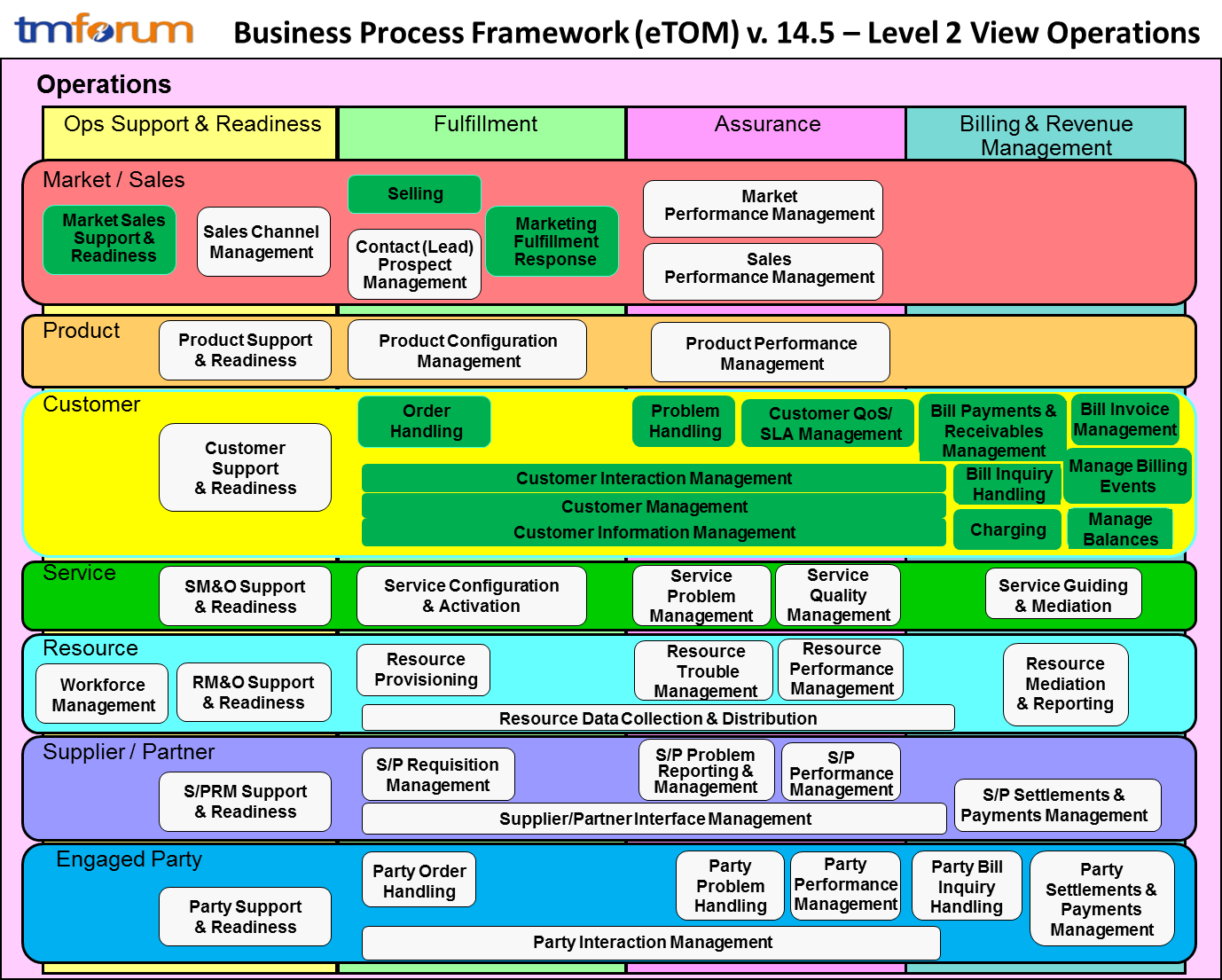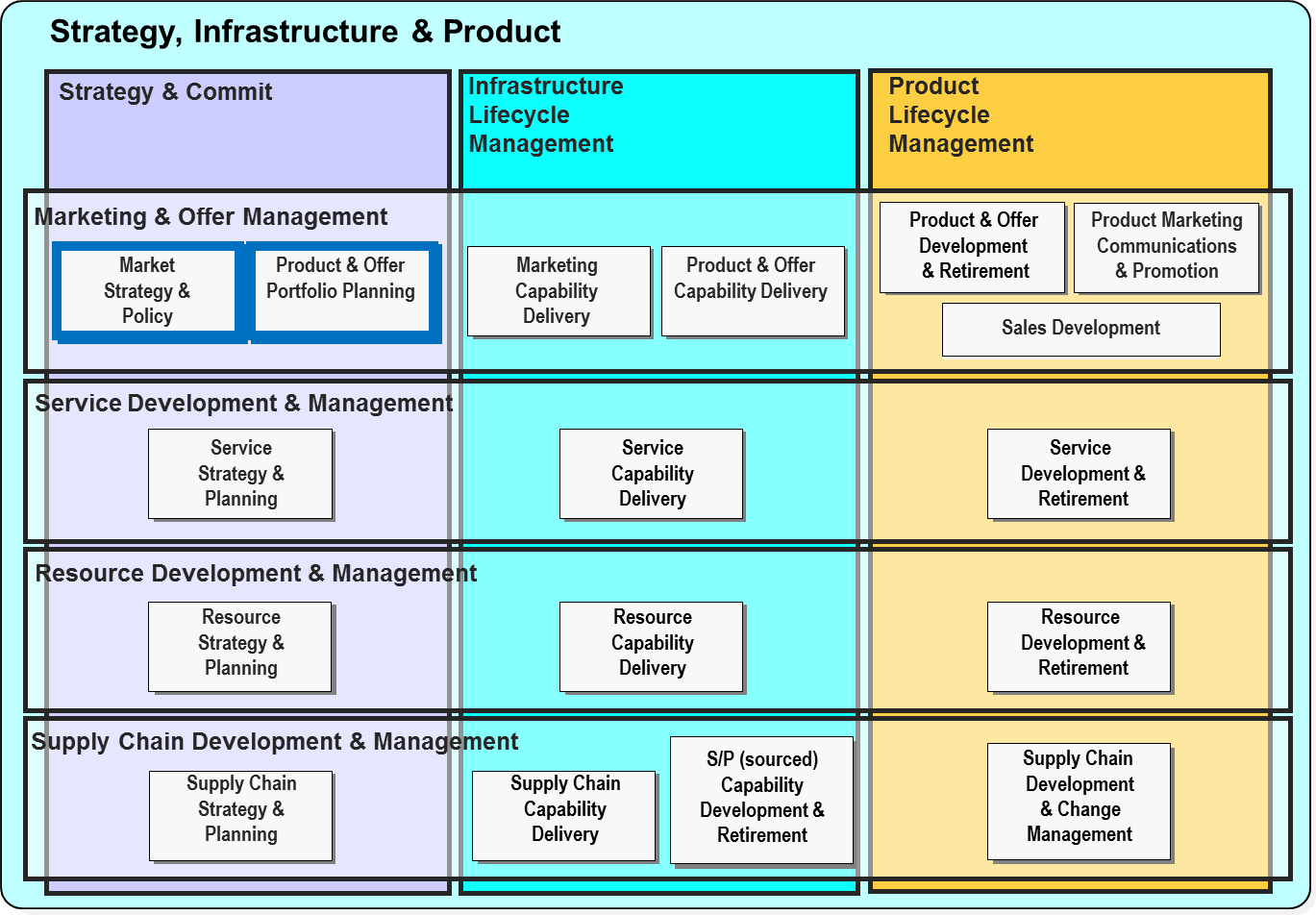Data objects and messages are optional but help to define the key artefacts produced. Business flows hierarchy consists of five levels.

Telefónica Business Process Blueprint Business Process Framework
You are probably familiar with capability maturity model integration (cmmi) [ 7 ].

Business process modelling levels. A conditional start event is used here to indicate the trigger of the process. Other business users, process implementers, customers, and suppliers. Industry (l0), business process area (l1), business process (l2), activity (l3), and tasks (l4).
The notation has been specifically designed to coordinate the sequence of processes and the messages that flow between different process participants in a related set of. Its purpose is to model ways to improve efficiency, account. A key to business process management, it visually depicts a detailed sequence of business activities and information flows needed to complete a process.
How the business flows are organized. The model is taken from the analogy of human mind which directs the body at different levels. Each of them can represent and process the sale and a certain business area of the company.
Events and activities that occur within a. Uml (unified modeling language) diagrams offer an alternative business process modeling technique. Another goal, but no less important, is to ensure that the models created by bpmn are executable.
Other business users, process implementers, customers, and suppliers. I.e, it can be a very generic representation of a process, without getting into too much detail, or pretty much the exact opposite. An example of how to model the business processes for a crvs system is illustrated with a generic process in figure 1, below, based on the principles and recommendations for a vital statistics system, revision 3 (unsd.
Squares outlined with dots and dashes group elements in the diagram, and text annotations are added with a square bracket. This very high level map outlines the operational levels of an organization and are rarely, if ever, actually drawn. It is a maturity model of processes for system and software development.
Diagram epc or bpmn collaboration diagram. Business process modeling notation (bpmn) is a flow chart method that models the steps of a planned business process from end to end. The model is called the viable system model and has 5 levels of processes namely s1, s2, s3, s4 and s5.
However, there are other process level models that look at the business slightly differently. Business process maturity model (bpmm) 6. The 2 nd maturity level aims at developing repeatable practices, minimizing rework, and satisfying commitments — by managing work units and controlling workforce commitments.
Modeling business processes at the strategic, tactical and operational levels of abstraction contributes to generating consistent business process models that can be shared by the various groups of stakeholders. I.e., a business process is defined by steps that transform an. Steps are delimited by the otopop criterion (see my first post) and may be detailed by level 0 processes.
The example below at the n level is large business areas such as sales, production, debt collection. While business process modeling, as a. Process modeling generates comprehensive, quantitative activity diagrams and flowcharts containing critical insights into the functioning of a given process, including the following:
The modeling language was developed by software developers, but it can be adapted to business process modeling. 2 business process modelling example business process modelling (bpm) is a method for representing the processes in a system. Epc or bpmn process diagram.
A business process model at the strategic level of abstraction eases the communication to customers, The business process modeling notation (bpmn) is a graphical notation that depicts the steps in a business process. The focus of the 3 rd maturity level of bpmm is to accomplish standardization in terms of business processes, measures, and training for product and.
A business model is a framework for creating economic, social, and/or other forms of value. Another goal, but no less important, is to ensure that the models created by bpmn are executable. A process at this level describes the coordinated steps of multiple stakeholders (roles) to accomplish a business relevant goal.
The successful usage of cmmi at nedbank limited (south africa) suggested the idea of developing exactly the same model for business processes. Note 1542019.1 on oracle metalink gives you the business process models. Business process modelling tools process modelling levels level one:
Although a detailed description of each of these levels is beyond our scope, here is a basic introduction to create a basis for further discussion. The term 'business model' is thus used for a broad range of informal and formal descriptions to represent core aspects of a business, including purpose, offerings, strategies, infrastructure, organizational structures, trading practices, and operational processes and policies. Bpmn depicts the end to end flow of a business process.
In the most basic sense, a business model is a method of doing business by which a company c… Oracle bpm composer 12c introduces some new types of modeling that make business architechture and hierarchical process modeling easier.

1. Capabilities maturity model process levels Download Scientific Diagram

Jawwal Business Process Implementation TM Forum TM Forum

Business Management Business Process Maturity Model